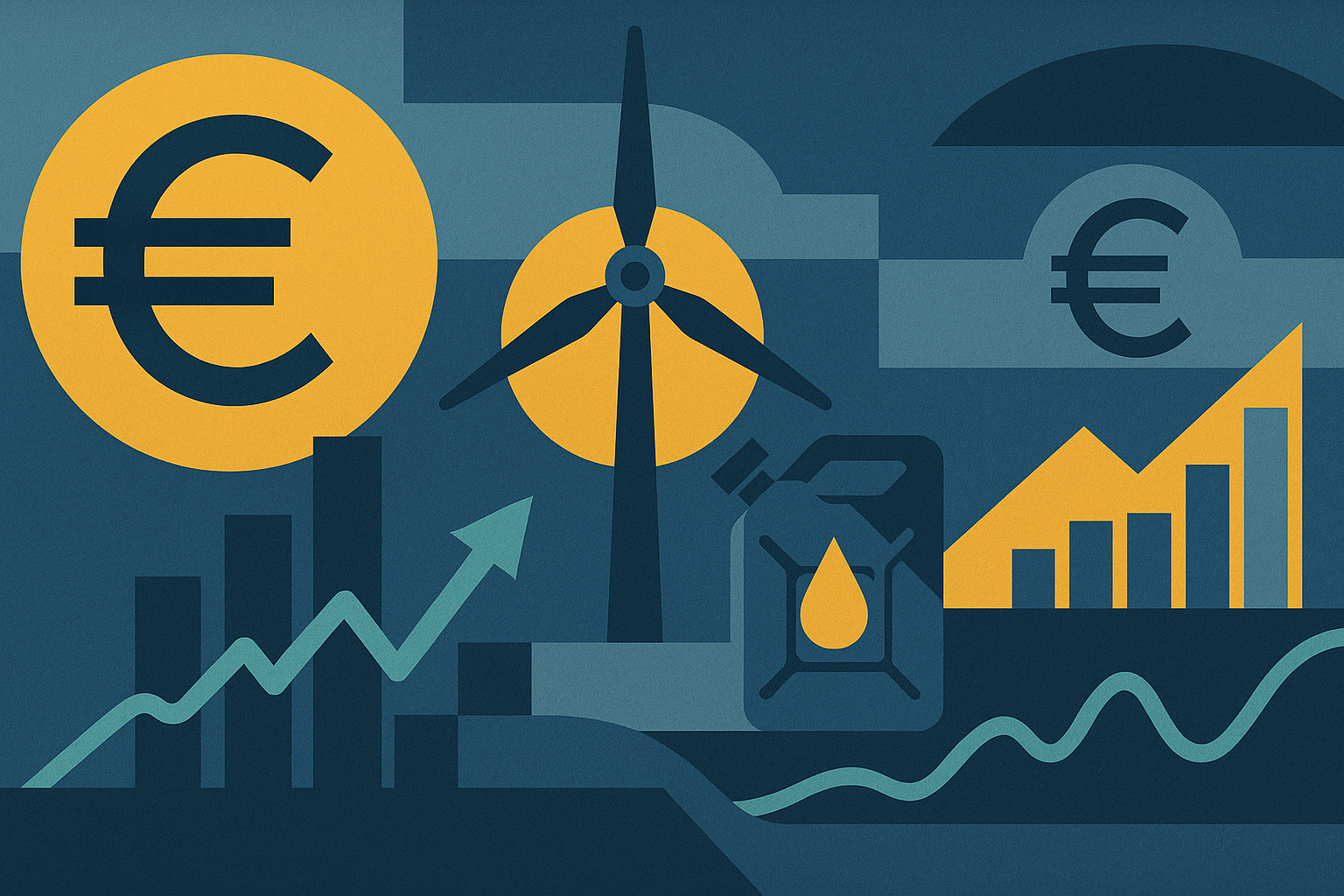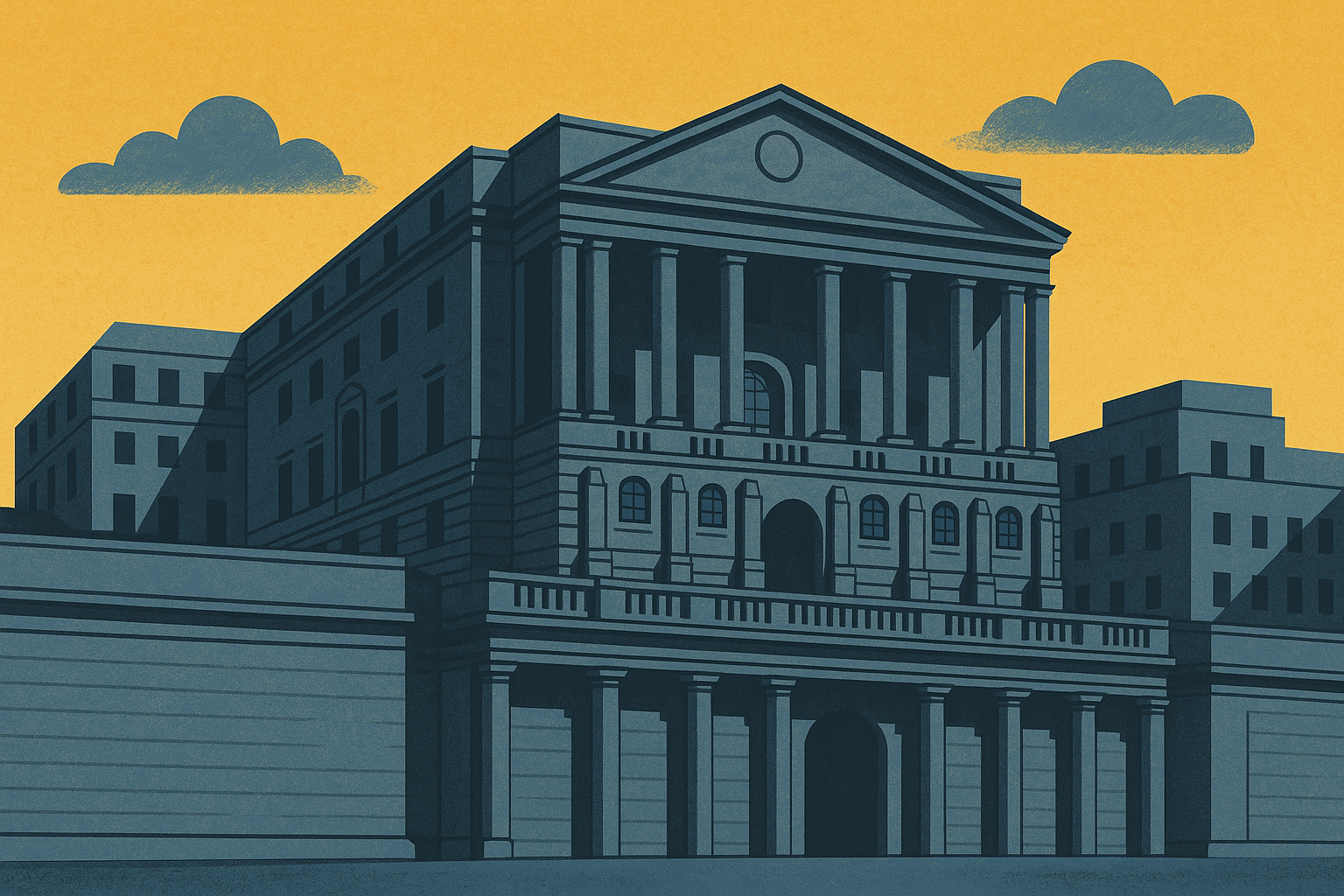Annual inflation in the eurozone returned to the European Central Bank’s 2% target in June, according to flash data released by Eurostat on 1 July.
The headline Harmonised Index of Consumer Prices (HICP) rose to 2.0% year-on-year, up slightly from 1.9% in May. Core inflation — which excludes food and energy — held steady at 2.3%, while the services component, still the ECB’s primary inflationary concern, increased to 3.3%.
Energy prices declined by 2.7% year-on-year, offsetting continued pressure from food inflation, which stood at 3.1%. Among individual member states, inflation remained highly uneven: Cyprus recorded the lowest annual rate at 0.5%, followed by France at 0.8%, while Estonia posted the highest at 5.2%.
The euro extended its 10-day rally to reach $1.1808 on 2 July — its highest level since 2021 — buoyed by expectations that rate cuts may now be delayed. Traders are pricing a 65% probability that the ECB will hold rates steady at its 23 July meeting, with the next 25-basis-point cut now more likely to occur in Q4.
At the ECB Forum in Sintra, President Christine Lagarde reaffirmed the central bank’s cautious stance, stating, “Our work is not done … we will not rest.” Her comments followed remarks from the IMF, which advised the ECB to maintain the deposit rate at 2% “unless new shocks hit.”
Market observers noted that the recent inflation data signal an end to the post-pandemic phase of elevated prices. However, underlying dynamics remain complex. Service-sector inflation continues to reflect wage pressures, particularly in sectors such as hospitality, health, and digital services. In contrast, falling energy costs are contributing to the cooling of headline figures.
For businesses, the stronger euro presents a mixed outlook. While importers may benefit from reduced costs for overseas goods, exporters — especially in capital goods and automotive sectors — face thinner margins. The currency’s appreciation may also weigh on third-quarter earnings expectations.
Looking ahead, some Governing Council members and the IMF have flagged a potential undershoot in inflation to around 1.6% in 2026, raising concerns that the eurozone could revert to a “low-flation” environment reminiscent of the pre-pandemic period. That could force policymakers to re-evaluate forward guidance and revive discussions around unconventional tools.
The ECB’s next policy decision is due on 23 July. While two cuts have already been implemented since December 2024, June’s data may bolster arguments from rate hawks for a summer pause.



